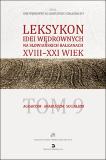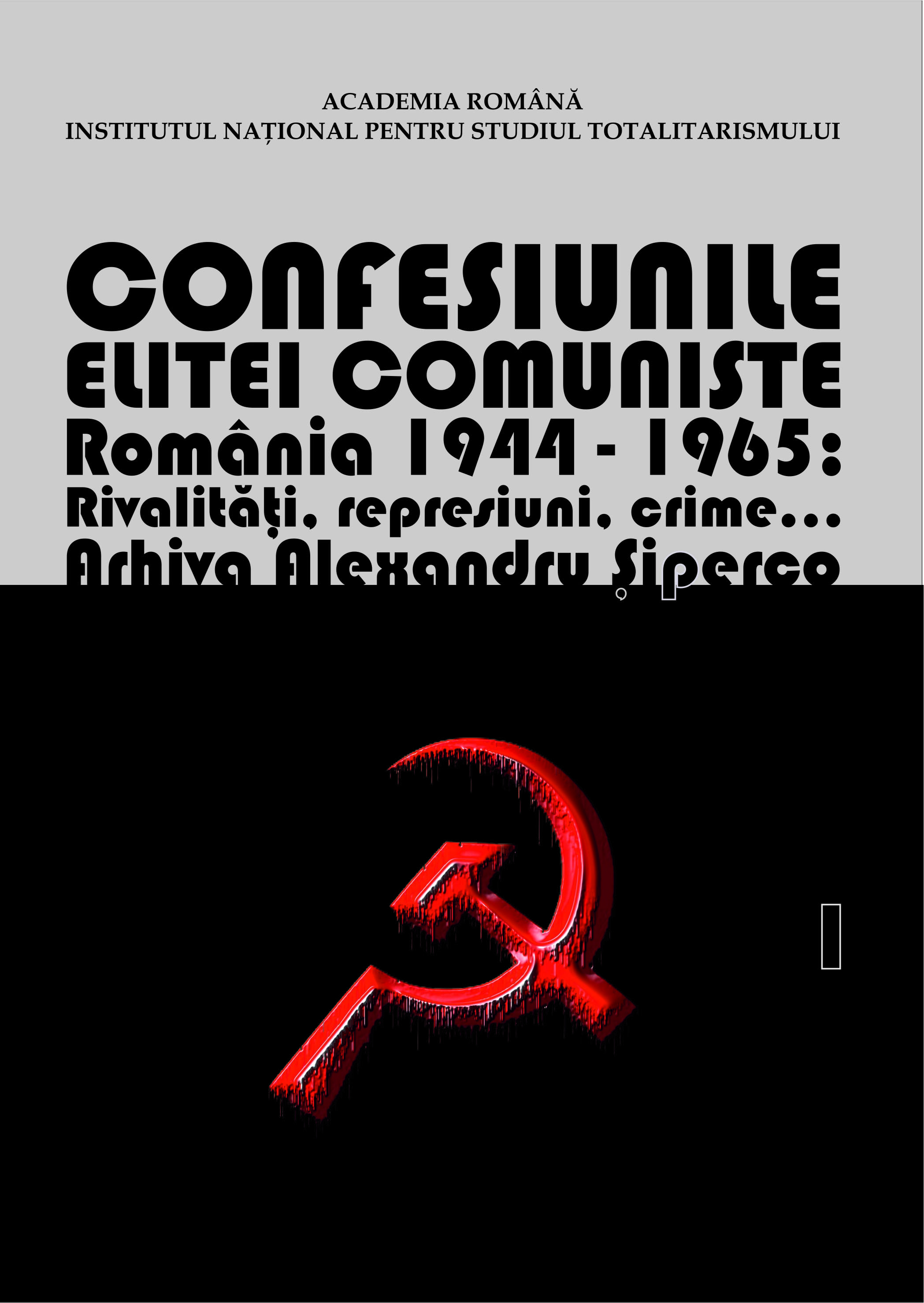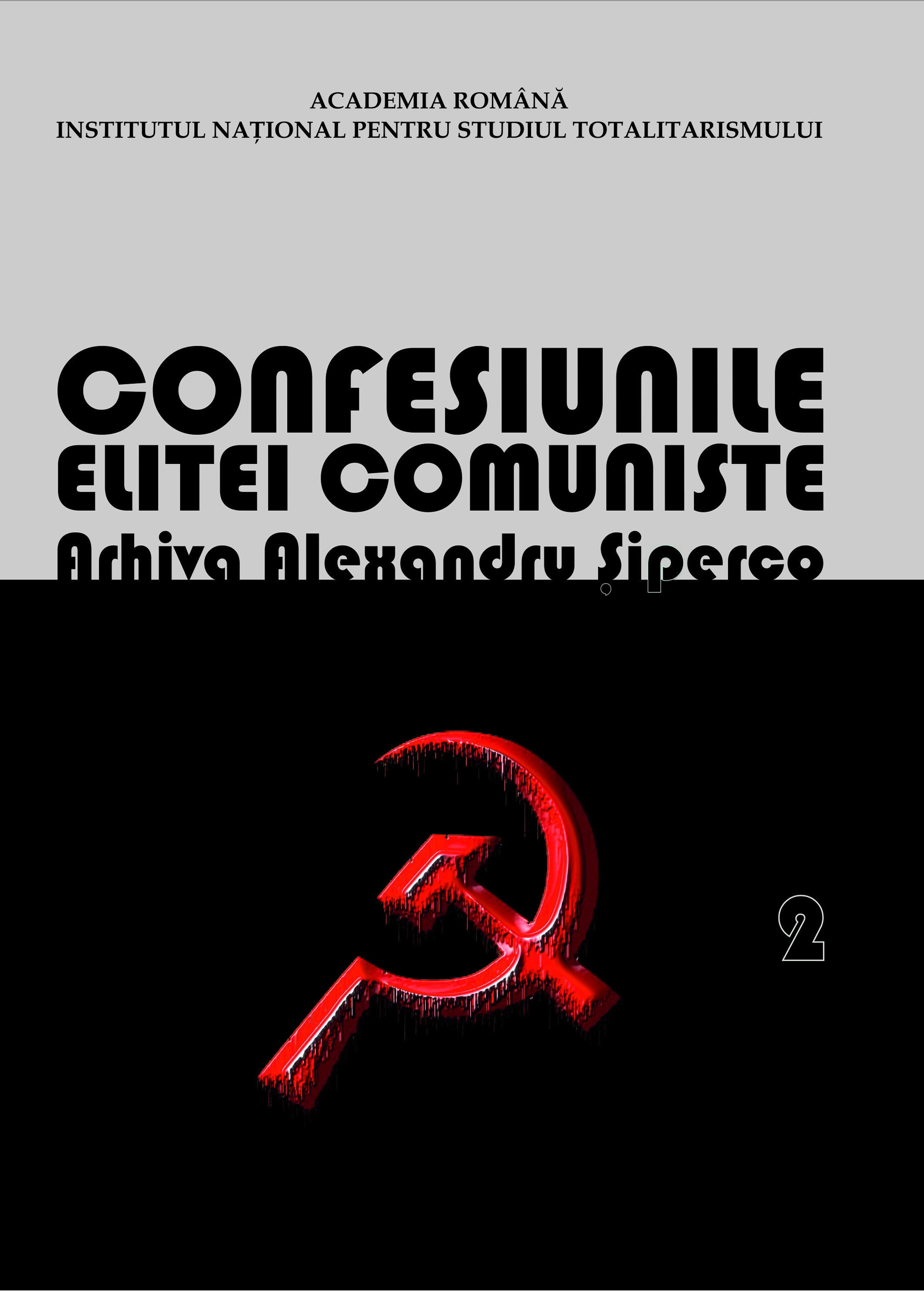
Az emberi testtől az óraműig. Az állam metaforái és formaváltozásai a nyugati keresztény kultúrkörben 1300–1800
The use of metaphors for the state is closely related to the problem already expounded by Kant, namely that the state is beyond the organs of human perception, therefore, it can only be imagined symbolically. Indeed, as Michael Walzer plausibly stated, the state cannot be perceived physically by the subjects/citizens as it cannot be seen or touched: “The state is invisible; it must be personified before it can be seen, symbolized before it can be loved, imagined before it can be conceived.” Our everyday phrases used with regard to the state clearly confirm his statement. We routinely speak of the organs of the state, or the operation of the machinery of the state without being aware of the fact that in the first case the state is conceived as a living organism, while in the latter we treat it an artificial creature. This phenomenon is none other than the living imprint of those successive metaphors in our language which once were used to imagine the state in the medieval and the early modern period. The other main topic of the book is the survey on the historical development of the state, presenting the specific features of the successive phases of its development through examples taken mainly from the history of Western European countries. Besides concentrating on the classical monarchies of Western Europe, the survey lays a great emphasis on territories which are generally much less known, namely the Scandinavian region. One of the main reasons for its inclusion into the analysis is the fact that in the 17th -18th centuries Denmark was the country in Europe which can be labelled as the model of absolute monarchy.
More...


















